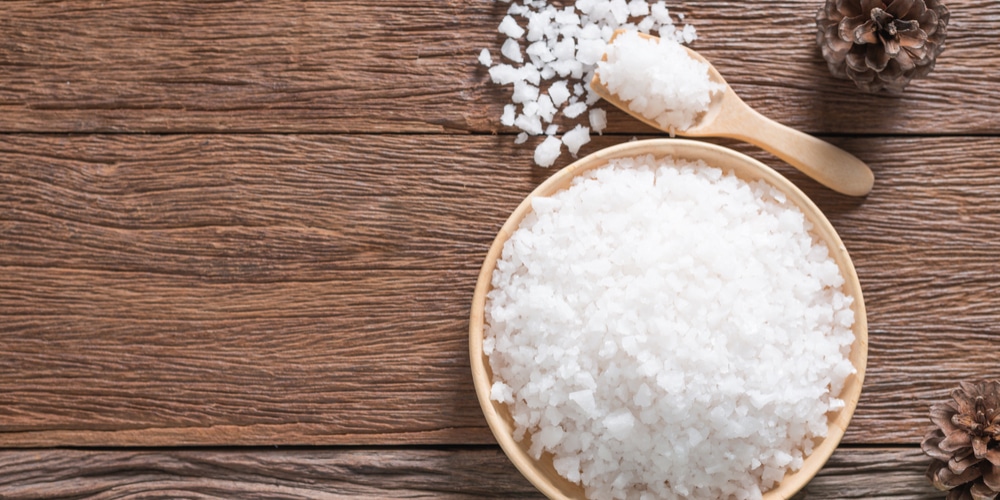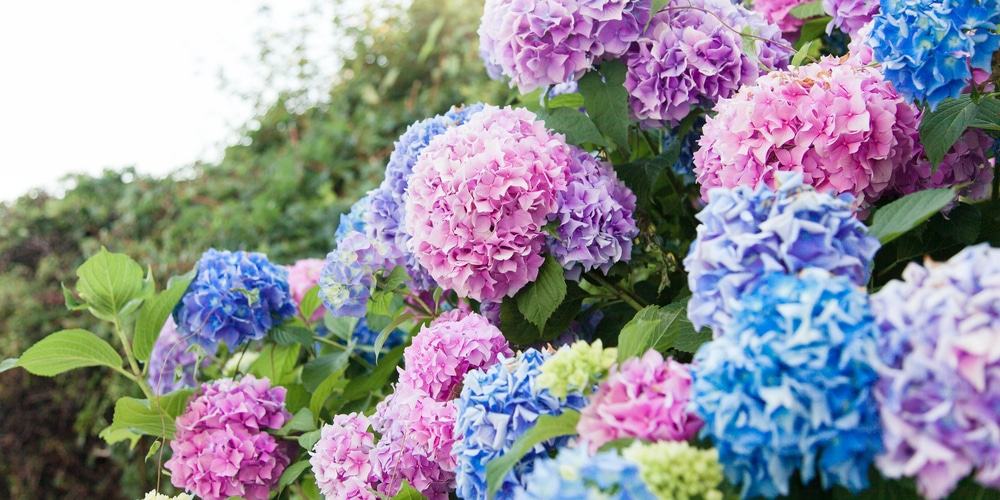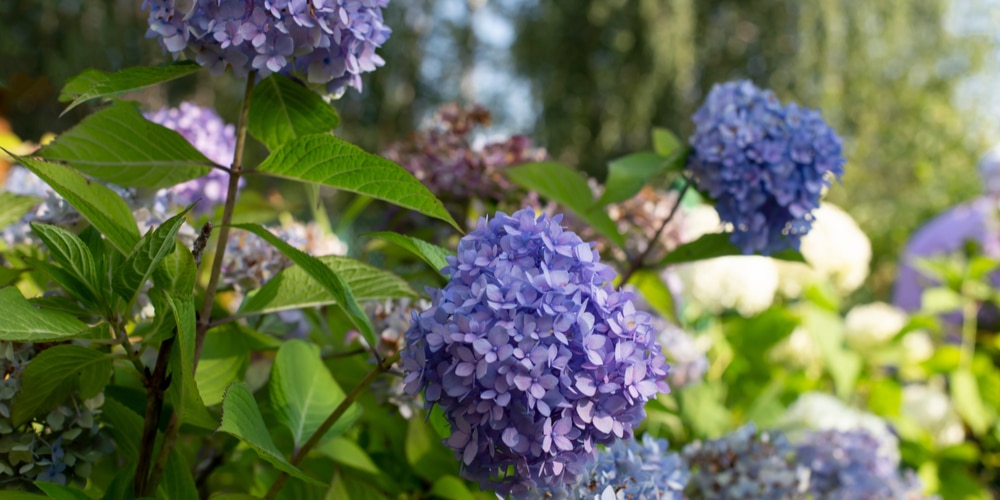If you have grown hydrangeas in your garden for some time, then you know that they are one of the most beautiful flowering shrubs. They come in a variety of colors, mainly shades of white, green, pink, and blue, hence you’ll always find the right one for your garden.
Taking care of Hydrangeas

Hydrangeas are quite easy to grow, but they do require some care and attention. For example, you need to make sure that they get enough water, especially during the hot summer months.
You also need to fertilize them regularly and prune them back in the late summer, spring, or winter, depending on the type.
Hydrangea Epsom Salt: Is it good for hydrangeas?
One thing that you might not have considered is using Epsom salt for your hydrangeas. But is it really necessary, and more importantly, will it actually help them to grow better?
Epsom salt is a compound made up of magnesium sulfate. It’s often used as a fertilizer because magnesium is an essential element for plant growth.
Magnesium helps with the production of chlorophyll, which is necessary for photosynthesis. It also helps to strengthen the cell walls of plants, making them more resistant to disease and pests.
The sulfur in Epson salt also plays an important role in plant growth. Sulfur is necessary for the production of various enzymes, proteins, amino acids, and oils. It also helps in the formation of chlorophyll.
So, to answer the question, yes, Epsom salt can be beneficial for hydrangeas. It can help to improve their growth and make them healthier. Some experts are, however, of the opinion that your plants won’t benefit a lot from Epsom Salt.
Can you use Epsom salt to turn pink hydrangea flowers to blue?
As mentioned above, hydrangeas come in a variety of colors that are mainly determined by the type of hydrangea. The species Hydrangea macrophylla is, however, known to have different colors of flowers depending on the pH of the soil.
In acid soils (a pH below 6), the flowers will take on a blue hue, and a pink one in alkaline (a pH above 7) soils. When you add Epsom salt to the soil, the ions will disassociate over time, but the effect that they will have a neutral effect on the pH of the soil.
For this reason, adding Epsom salt will not have any effect if your plants’ flowers are pink and you want to turn them blue. It will, however, enhance the color of the flowers as well as the leaves
Since the blue or pink color is dependent on the pH of the soil, the best course of action would be to use a compound that acidifies the soil. Alum (aluminum sulfate) is recommended for this purpose.
That’s mainly due to the fact that the aluminum in acid soil is the one responsible for the blue color of the blooms.
Adding two tablespoons of Alum per plant should be enough to give you desired effect of turning pink hydrangea flowers to blue. If, however, your plants have blue flowers and all you want is to intensify the color, then Epsom salt will do the job just fine.
So, what does Epsom salt do for your hydrangeas?
Generally speaking, adding Epsom salt to the soil will improve the growth of your hydrangeas. Here’s how:
- It improves the root system (thanks to the magnesium and sulfur)
- It will work as a fertilizer
- It will strengthen the stems of your plants
- It will work as an acidifier
Giving Epsom salt to your hydrangeas is, therefore, recommended and should help them bloom so that you can enjoy their beauty in your garden.
When should you add Epsom salt to the soil?
The best time to add Epsom salt to the soil is in the spring before the plants start to bloom. That’s partly because this is the season when the leaves will start growing again.
It’s recommended that you apply the Epsom at a rate of only one tablespoon for every nine square feet. You can reapply the Epsom salt at intervals of two to four weeks.
How should you apply Epsom salt to hydrangeas?
You should never use fertilizer and chemical elements randomly, and Epsom salt is not an exception. With that in mind, here are the different application methods of Epsom salt for hydrangeas
Epsom salt powder
For best results, you would have to apply Epsom salt powder directly to the soil. The best time to do this is when you want to improve the root system of your plants.
Epsom salt water
You can make Epsom salt water by mixing two tablespoons of the element in a gallon of water. Once you have the mixture, go ahead and apply it to the root region of your plants.
Hydrangea Epsom Salt: Conclusion
Epsom salt can be beneficial to hydrangeas in many ways. It can help with the growth of the plant, make it healthier, and even intensify the color of its flowers. Just remember to apply it at the right time and in the right way for the best results.
Related article: Is Epsom Salt Good For Fig Trees?


